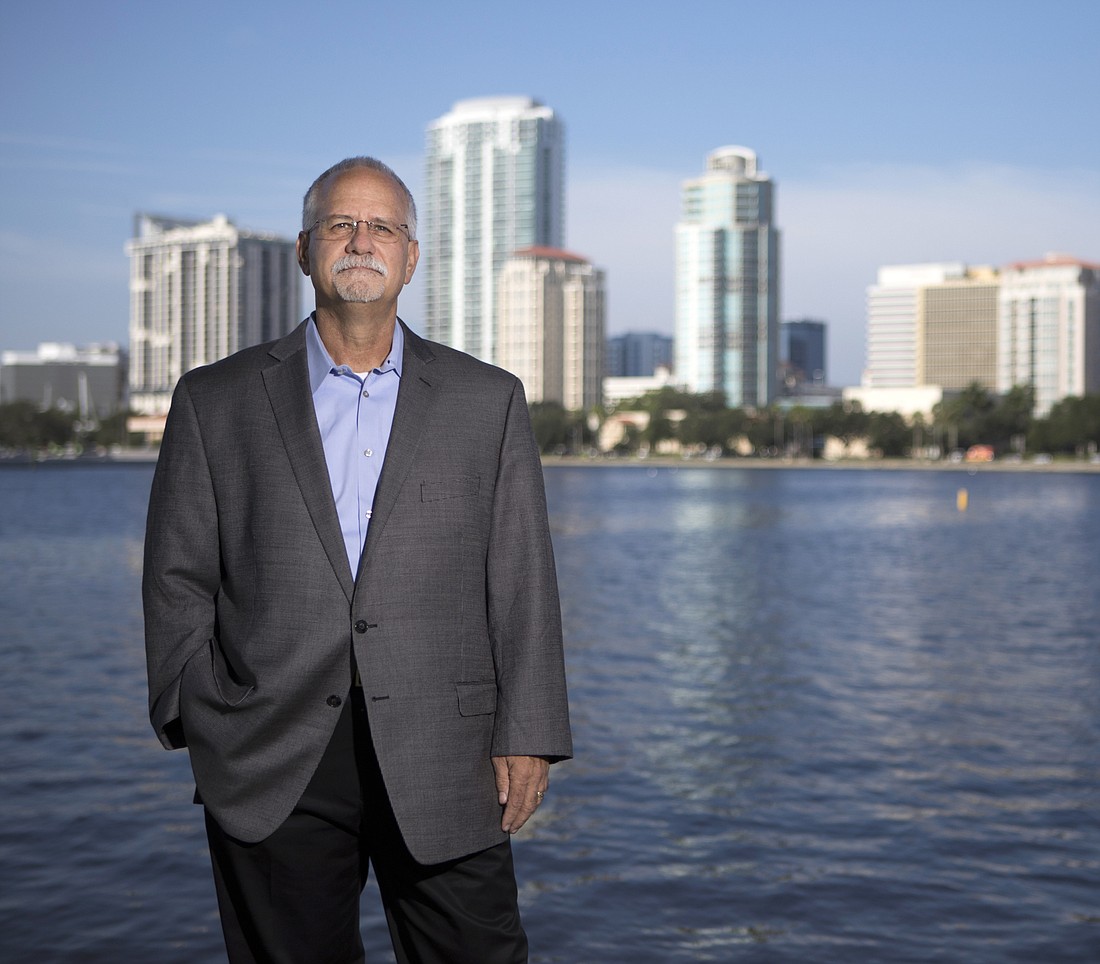- December 13, 2025
-
-
Loading

Loading

Second only to life insurance, flood insurance is probably the insurance product most people, particularly Floridians, would least like to think about. As the nation saw in 2017 with Hurricanes Harvey and Irma, last year with Michael and just this month with Dorian, rampant flooding is one of the most dangerous, destructive punches Mother Nature can throw.
It’s odd, then, that there’s little competition and innovation in the private sector for flood insurance customers. But Jim Watje, senior vice president of St. Petersburg-based Wright National Flood Insurance Services, a subsidiary of Daytona Beach-based Brown & Brown, says it’s not that unusual, considering the market is dominated by the Federal Emergency Management Agency’s National Flood Insurance Program (NFIP). Government basically takes out everyone else.